Viewing and Imaging the Solar System Book Review
Viewing and Imaging the Solar System from Jane Clark is an easy to read beginners guide to viewing and imaging the Solar system. It explains in some detail the principles of the telescopes and the in’s and out of star maps, which are best to use in the garden on a cold dark night and which are best used indoors. One item I found interesting was the explanation of what to wear and why, which you don’t often see in Astronomy books.
‘Viewing and Imaging the Solar System’ goes on to explain telescope mounts, the different types and the advantages of Altitude – Azimuth such as a Dobsonian and Equatorial Mounts. There’s an explanation of how to carry out alignment of the Equatorial mount using polar scope.
The next chapter titled ‘Telescopes Binoculars and Light’ explains the principles of light. It covers the different types of lenses, convex and concave and it covers Eyepieces, Barlow Lenses, Binoculars and filters. The different types of telescope are described and the advantages of each type. The next chapter introduces the reader to photographing the solar system, explaining the hardware, the importance of focusing using a Hartmann and Bahtinov masks.
Photographing the Moon and planet is explained by outlining the different types of cameras such as a DSLR and Web cams. The pros and cons of each type are discussed as well. Then comes the processing of the images with the help of computer screen shots of software K3CCD and RegiStax. There is a great section on using Dark frames to remove the thermal noise on the CCD chip during processing.
The next few chapters’ deal with what you can realistically expect to see with the naked eye and a camera. The superior planets are covered in detail with the aid of the author images and explanations. Jupiter sections outlines how best to view the four moons through a telescope and observe the moons rotation of the planet with a number of detailed drawings. I will say that some of the accompanying photos were a little dark which made the surface detail hard to see clearly.
Chapter 8 completes the solar system with observing the Sun using different types of solar scope at the different wavelengths of the light. This section included white light, hydrogen alpha and details on solar spectra. The book finishes its tour of the solar system with Asteroids and Comets and observing the solar system from your armchair.
This book is quite strange as it covers a lot of different areas of astronomy. I do feel that this book is very much for the beginner. A beginner will get a lot out of reading this book, but I would prefer books that deal with specific in-depth topics.
The book an interesting read for the beginner but I feel its let down by the authors photographs.
Reviewed by Mick Jenkins

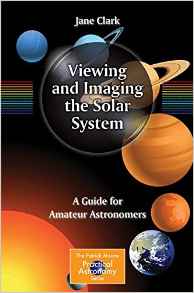
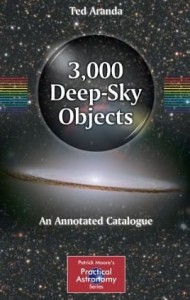
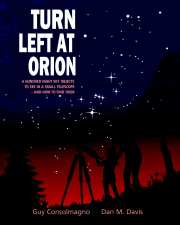
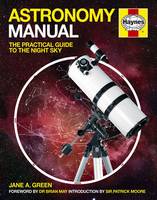
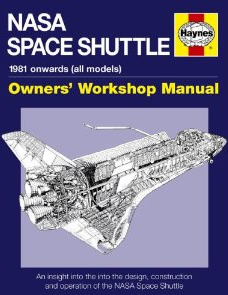 This is the first astronomy/space based Haynes manual I have seen, and I am pleasantly surprised. I really didn’t know what to expect, I probably thought it was just going to be engineering drawings with lots of information on how to service and build your own space shuttle, a bit like the Haynes car manuals. But there is more to this book than just cross sections of the Space Shuttle.
This is the first astronomy/space based Haynes manual I have seen, and I am pleasantly surprised. I really didn’t know what to expect, I probably thought it was just going to be engineering drawings with lots of information on how to service and build your own space shuttle, a bit like the Haynes car manuals. But there is more to this book than just cross sections of the Space Shuttle.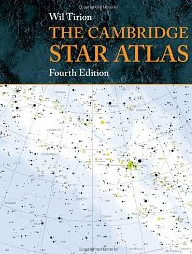
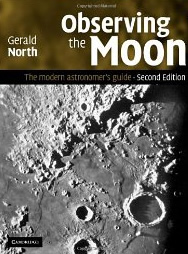 Observing the Moon is a hardback book from Cambridge University Press by Gerald North. This is the second edition of the book. When I started reading the book I was thinking that it was going to be a boring book just about the moon, but how wrong I actually was. It does contain a lot more information, including information on how to image the moon, via a webcam and video camera.
Observing the Moon is a hardback book from Cambridge University Press by Gerald North. This is the second edition of the book. When I started reading the book I was thinking that it was going to be a boring book just about the moon, but how wrong I actually was. It does contain a lot more information, including information on how to image the moon, via a webcam and video camera.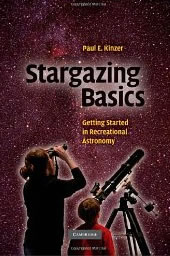 Stargazing Basics is a book for the beginner, it mainly covers what to look for when purchasing basic astronomy equipment including binoculars or your first telescope.
Stargazing Basics is a book for the beginner, it mainly covers what to look for when purchasing basic astronomy equipment including binoculars or your first telescope. 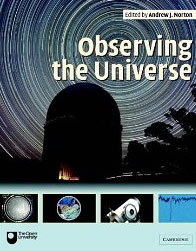 Observing the Universe, A Guide to Observational Astronomy and Planetary Science is a full colour astronomy book which has been compiled by a team of experts from The Open University. The book has been designed for students who are undertaking observational work in astronomy and planetary science, but is suitable for amateur astronomers.
Observing the Universe, A Guide to Observational Astronomy and Planetary Science is a full colour astronomy book which has been compiled by a team of experts from The Open University. The book has been designed for students who are undertaking observational work in astronomy and planetary science, but is suitable for amateur astronomers.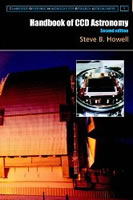 The Handbook of CCD Astronomy sounds a perfect title for an amateur to learn everything about how to use my Meade CCD camera with my telescope. Thing is, this is no book for the amateur astronomer, but really for the research astronomers, academics and professionals.
The Handbook of CCD Astronomy sounds a perfect title for an amateur to learn everything about how to use my Meade CCD camera with my telescope. Thing is, this is no book for the amateur astronomer, but really for the research astronomers, academics and professionals.